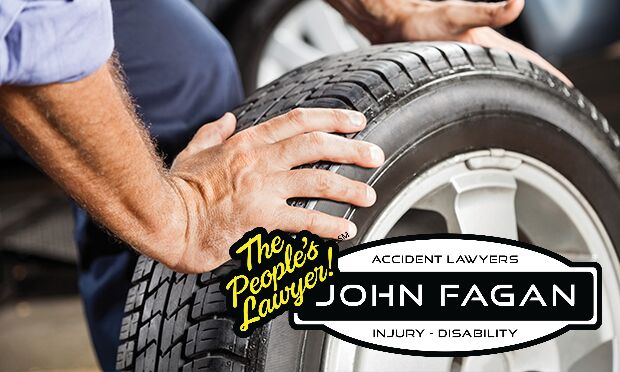With all the attention on state-of-the-art vehicle technologies, it is easy to ignore the tires that make that programmed motion possible. And that could be a fatal mistake. Even if the algorithms are working optimally at the wheel of a driverless car, a catastrophic tire failure is a rogue event that can bring that road trip to a crashing halt.
Starting in 2008, Tire Pressure Monitoring Systems (TPMS), mandated by the National Highway Transportation Safety Administration (NHTSA), keep newer vehicle owners apprised of the inflation status of their tires. For those who react to the flashing light on the dashboard, that is one tire-safety issue that can help ensure that the inflation pressures in all the tires are within manufacturer ranges. Proper inflation saves on fuel costs and increases tire longevity.
There are, however, other tire safety issues that can adversely affect driving and are much more challenging to address because they require vehicle-owner engagement. It is all too easy nowadays to ignore regular maintenance practices with vehicle reliability at such an all-time high. That is a serious omission with tires. NHTSA notes that there are 11,000 tire-related crashes annually with 3.2 trillion miles put on tires in 2016 — tire malfunction was a contributing factor in 733 fatalities. These accidents are preventable for the most part.
Controllable Tire Safety Factors
Beyond tire pressure monitoring via TPMS or owner-action, gauging tread wear and aligning/balancing/rotating tires on a regular basis are the primary consumer responsibilities. They are easily forgotten duties, which can be detrimental in regions where the weather is harsh, or when the vehicle accrues many miles annually. Additional challenges come when vehicles carry heavy loads. Separately or together, these elements take a toll on tire longevity.
Another issue, often neglected because it is becoming rarer with the advent of run-flat tires in newer-model vehicles, is the spare tire. Spares lose air pressure as they sit; they also deteriorate as they age. Online sources that transact in cheap tires from overseas vendors are popular for those in the market to replace their spares or any of their tires. These are typically lower-quality goods. Sometimes buyers opt for resale tires whose age/usage history are obscure. Imprinted sidewall data on tires can reveal key data like manufacture date for those purchasing used tires or who need to check the ages of their own tires.
Purchasing and installing tires exposes another vulnerability. Manufacturers specify the tires that are most suitable for their vehicles and should be the standard for owners to follow. Consumer considerations like pricing and inventory availability can tempt buyers to diverge from those recommendations. However, choosing smaller tires or those not suitable for challenging driving conditions can be problematic. The cost of such a decision can be catastrophic if a tire fails. This scenario has happened with 12- and 15-passenger vans and utility trucks when the tires do not suit the total cargo weight or its distribution on the vehicle.
Tire failures often boil down to human factors of neglect or ill-considered decision making. Unlike advanced automotive technologies that seek to remove the human factor from the driving equation, for the foreseeable future, that imperfect human being is the one in charge of the essential driving component: A set of tires.






